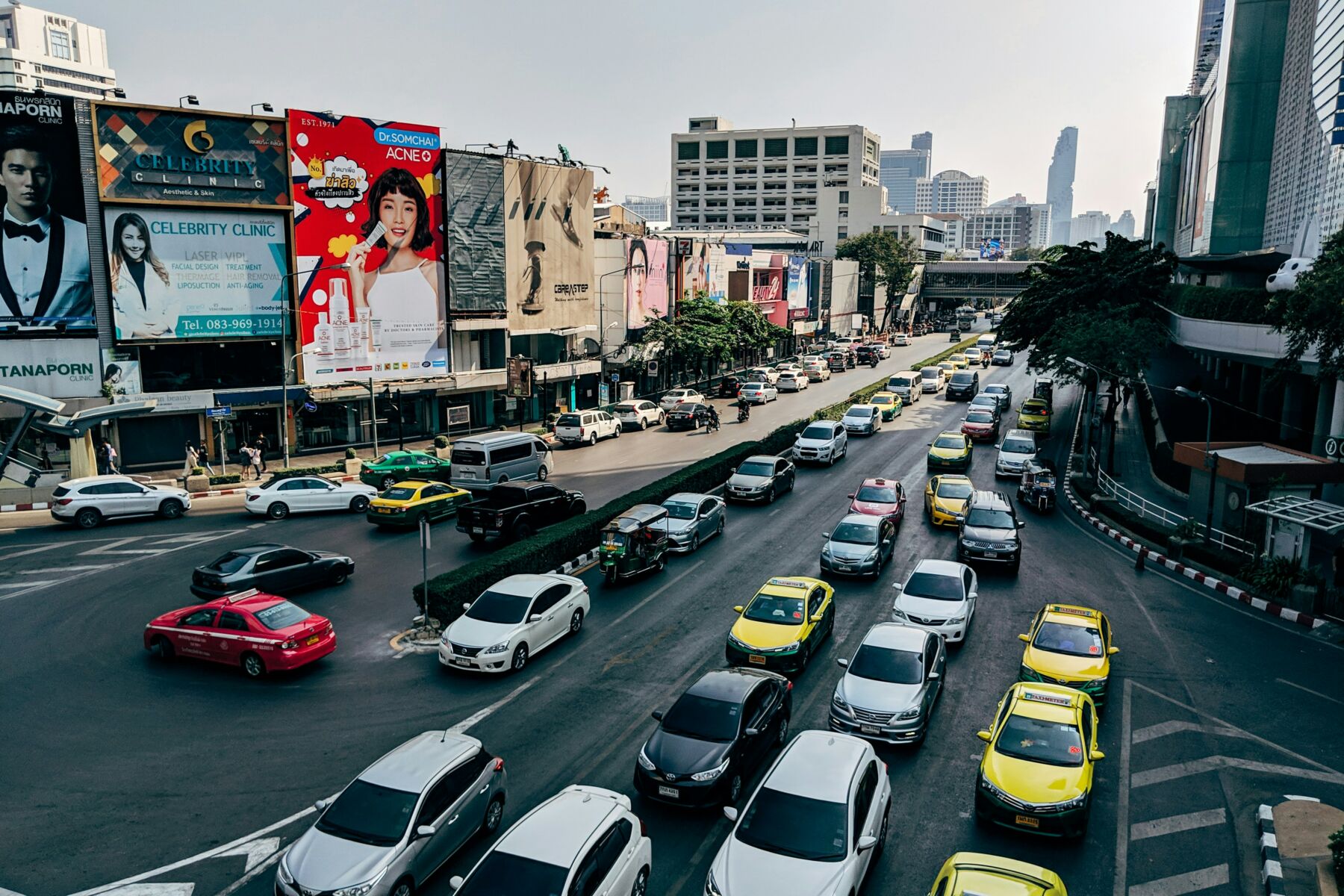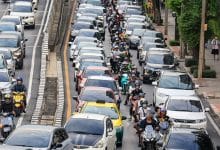AI-driven project launched to tackle Bangkok’s traffic congestion

An artificial intelligence (AI) technology-driven project, the Ratchaprasong Model, has been launched by the government to combat excessive traffic congestion in the bustling business district of Ratchaprasong. This area is also recognised as a tourist hotspot in the capital.
The inauguration of the project was presided over by the Prime Minister’s Office Minister, Puangpet Chunlaiad, and vice minister Warawut Yanjareon, on Friday in the Ratchaprasong area. Other attendees included representatives from the Bangkok Metropolitan Administration (BMA), the Tourist Police Bureau, the Royal Thai Police, and executives from the area’s shopping centres.
The initiative is intended to streamline traffic flow on roads leading to the intersection while also enhancing security measures and boosting tourists’ confidence in the vicinity, including the adjacent Ratchadamri Road.
Central to the traffic management model is an AI system developed by the BMA. It uses CCTV cameras to identify vehicles, predominantly taxis, buses, and tuk tuks, that remain parked outside shopping centres for longer than three minutes. Such traffic violations contribute significantly to the area’s notorious congestion.
Bangkok Deputy Governor Wisanu Subsompon pointed out that footage from the CCTV cameras capturing the vehicles’ licence plates will be used as evidence for issuing tickets.
“The tickets will then be dispatched to the vehicle owners responsible for paying the fines. We can’t always dispatch the police to deal with illegally parked vehicles.”
Wisanu also mentioned plans to extend the system to other parts of Bangkok.
Puangpet highlighted that the project is one of Prime Minister Srettha Thavisin’s pilot initiatives aimed at improving the tourism landscape. It involves collaboration with several state agencies and privately owned businesses located around the Ratchaprasong intersection.
Public transport operators and local businesses will also play their part in the project by designating parking spaces, drop-off points, and waiting areas for passengers. These measures are expected to further alleviate traffic congestion in the area, reported Bangkok Post.
The AI-driven traffic monitoring system is one among five strategies designed to address traffic issues in the area. The other strategies include displaying signs to discourage tourists and customers from using transport that violates the law, rigorously enforcing traffic laws, and implementing social sanctions against violators.
Latest Thailand News
Follow The Thaiger on Google News:


























